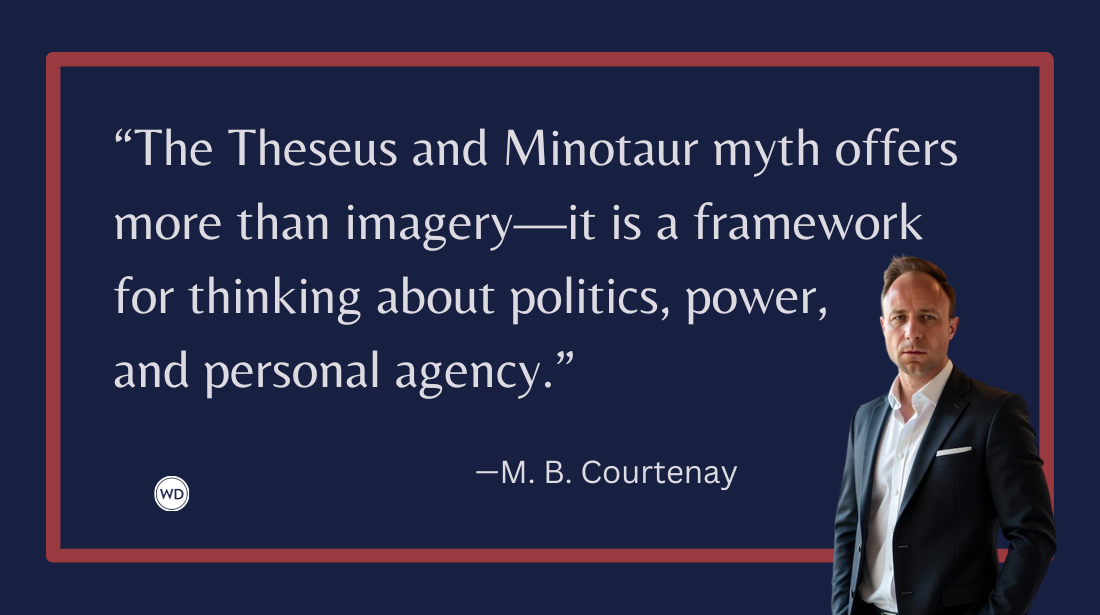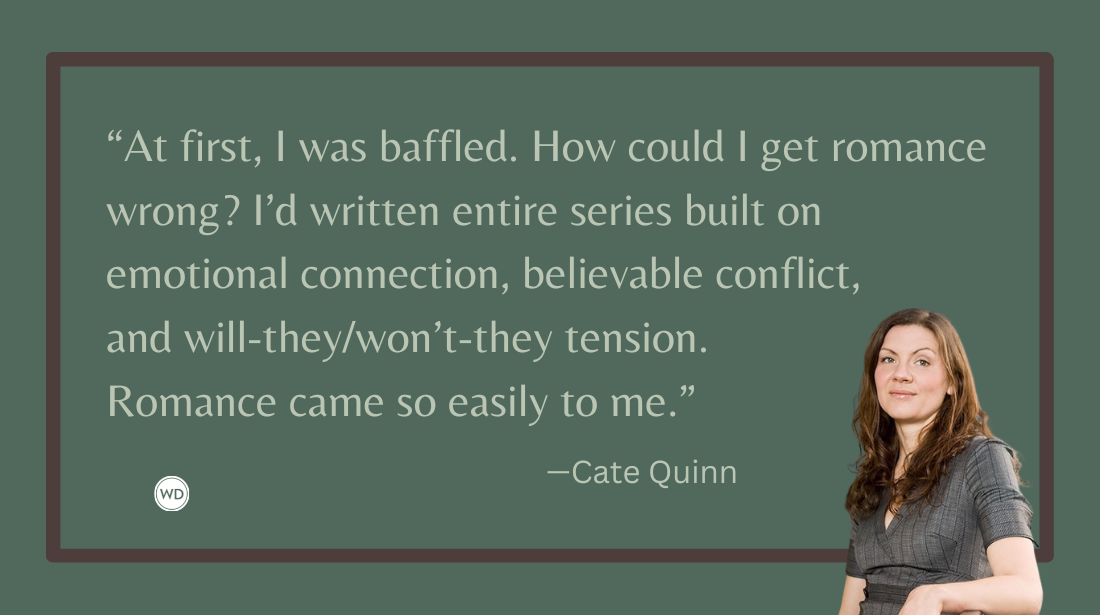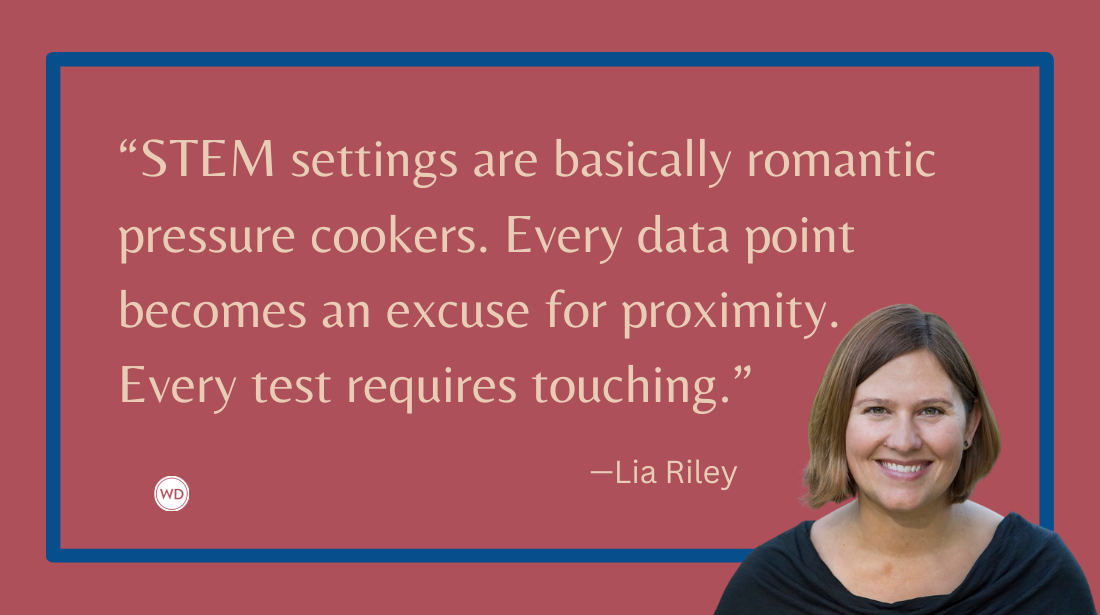Which Narrative Point of View Is Best for a Thriller?
Author Rachel Paris breaks down the different types of POV (or point of view) and discusses which option(s) is best for thrillers.
When writing my novel, See How They Fall, a mystery-meets-psychological thriller, perhaps the most important decision I made was which narrative point of view to use. Point of view determines how the reader sees the world of the story. Each option has advantages, disadvantages, and rules. As an author, it is crucial to select the one that will best serve your story. So how do you decide which option is best if you are writing a thriller?
First Person Point of View:
In first person, a character narrates directly to the reader using the pronouns “I” and “me” so that the reader is immersed in the character’s worldview. Crucially, every word must be filtered through the point of view character’s reality so that the narrative is colored with all of their biases and blind-spots. In a first person narrative, the reader can only know what the character knows, so all relevant information must be introduced to the reader in a credible manner. When writing a thriller, this can be restrictive and, if not carefully managed, can adversely impact on the story’s pace.
Furthermore, the first-person narrator is, by definition, an unreliable narrator—the reader only knows what the character chooses to share, and they can lie or conceal information. Two classic thrillers that use first person unreliable narrators to enhance their psychological suspense are Gillian Flynn’s Gone Girl and Chuck Palahniuk’s Fight Club.
In See How They Fall, I chose to use alternating first person narrators. For context, my novel—which reviewers have described as Succession meets Big Little Lies—centers on a shocking death in the super-wealthy Turner family. Skye Turner, who has married into the dynasty, faces a disintegrating sense of reality in the wake of the tragedy, and I wanted readers to query whether Skye’s version of events could be trusted. The first person was also necessary for my second narrator, Homicide Squad detective Mei O’Connor, who investigates the death, because Mei deliberately conceals some of her own backstory from the reader, adding to the intrigue and her motivations for chasing down the killer.
Second Person Point of View:
With the second person point of view, the story is told using the pronoun “you” to draw the reader directly into the narrative as the point of view character. This option has the same information restrictions and inherent unreliability of the first person point of view because every word is filtered through the character’s reality. However, unlike first person narratives, second person narratives are rare in fiction because their detached quality makes for an unsettling reader experience.
One recent example of a thriller that used the second person point of view effectively is Kala, by Colin Walsh. Kala is the story of three childhood friends—Helen, Mush, and Joe—who are reunited 20 years after one of their group goes missing. Joe’s chapters are narrated in second person. For instance, Joe’s first chapter begins: “Hogan’s Square is pure buzz as you walk towards Flanagan’s. . . . You’re a new focal point. Faces turn to you like flowers seeking the sun. Feel their energy, the rush of recognition. Is that Joe Brennan? Phones rise to take photos and you pretend not to notice . . .” The second person point of view works well for Joe—a narcissistic celebrity rock star—because he is detached from his own life and views himself through the lens of his adoring fans and social media accounts. The contrast between Joe’s second person chapters and Helen and Mush’s chapters, which are narrated in third person limited, also helps Walsh differentiate his three protagonists’ voices.
The Quiet Tenant, by Clémence Michallon, is another thriller that effectively uses the second person point of view. Michallon’s novel features a woman who is held captive by a serial killer. There are multiple first person narrators, but the captive woman tells her story in second person to convey her trauma and disassociation. “You wait for dinner, for splashes of tepid water. For anything . . . You picture the shed, hidden in the trees.”
As an aside, I want to acknowledge Caroline Kepnes’ bestselling thrillerYou which is commonly identified as a second person narrative. You is narrated in the first person by the psychopathic protagonist Joe. The confusion arises because Joe addresses his thoughts to Guinevere Beck, the object of his obsession, and refers to her constantly as “you” throughout the novel. In a second person narrative, the “you” references the reader-as-protagonist, not another character.
Third Person Point of View:
In the third person point of view, the story is told by an outside narrator using the characters’ names and “he,” “she,” and “they” pronouns. Within this option, the author must choose between the third person omniscient and the third person limited point of view.
- In third person omniscient, the narrator is akin to an all-knowing god or camera that can zoom in and out of multiple figures’ narrative arcs. Consequently, readers have access to all relevant information at any point in the story. While the earliest novels were written in third person omniscient, this point of view has fallen out of favor because it is less immersive than the other options. It can also lead to “head-hopping” which is jarring for the reader, diluting their emotional investment in the story and reducing suspense which can be fatal for a thriller.
- By contrast, the third person limited point of view focuses in on one specific character, as if the narrator were perched on that character’s shoulder, aware of their thoughts and feelings, yet also able to share additional information with the reader. This is the most common narrative point of view in modern fiction. Many authors now use multiple third person limited narrators in their novels, switching the point of view character between chapters. This approach provides both the intimacy of the third person limited point of view with some of the flexibility of the omniscient one.
For a thriller, the third person point of view can be an effective way to heighten suspense because the narrator can know more than the point of view character and drop clues, foreshadowing the drama to come. This is not possible with first or second person points of view where the reader’s knowledge is limited by the point of view character’s knowledge. The use of third person limited—and multiple third person limited—is a common narrative device for thriller writers, as seen in Stieg Larsson’s The Girl with the Dragon Tattoo series, The Silence of the Lambs, by Thomas Harris, and Stephen King’s novels such as The Shining and Misery.
So How Do We Choose the Best Point of View for Our Thriller?
The good news for contemporary thriller authors is that we are not confined to one point of view for the duration of our novels. Multi-POV novels that combine first, second, and third person limited points of view are increasingly common. The most important consideration is which combination of the options discussed above best serves your story, or a given section if it, in terms of plot, pace, and characterization.
Check out Rachel Paris' See How They Fall here:
(WD uses affiliate links)









